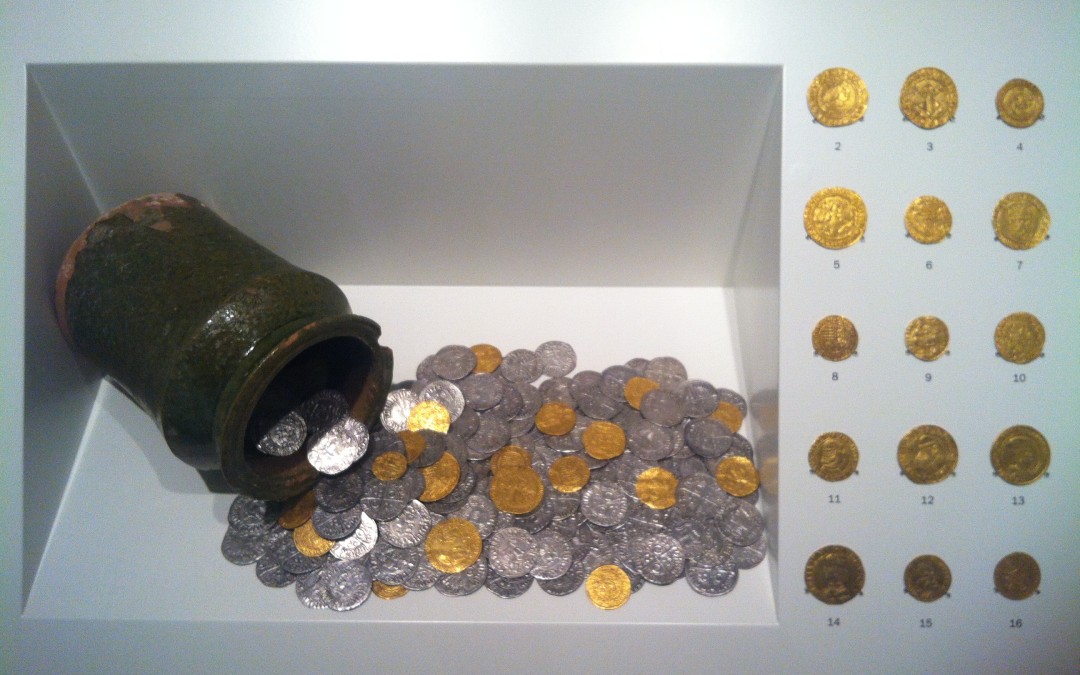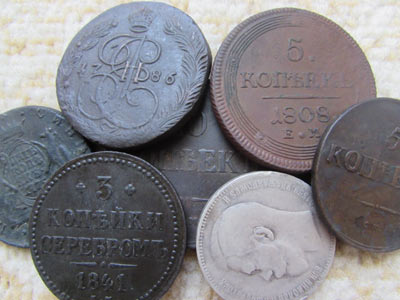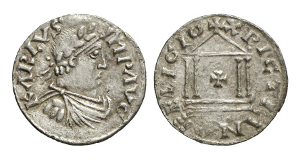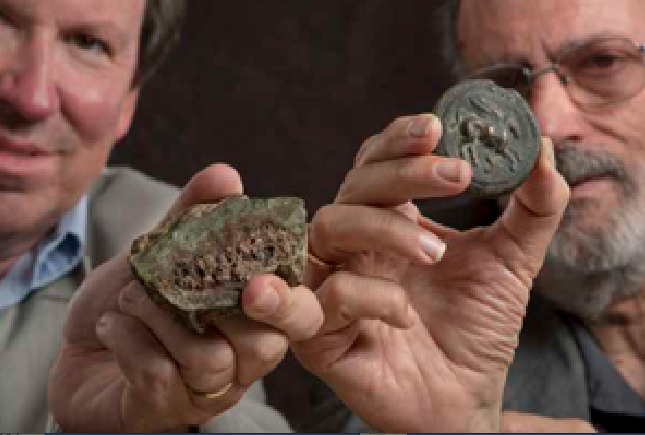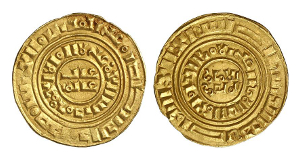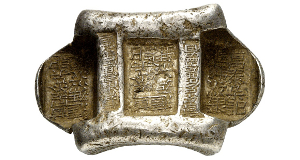chasing the honor
COIN NOT ON POCKET
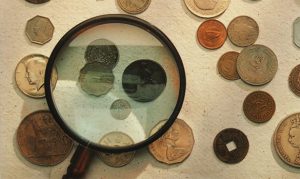 This coin really can not afford neither in size nor in weight.
This coin really can not afford neither in size nor in weight.
She appeared in the reign of Catherine I. True, her institution was not original.
In the first half of the 17th century, a new means of payment was introduced in Sweden: square plates. One daller, made of Swedish copper, weighed 1 kg 350 g. How not to understand respectable Swedish burghers, whose hearts and pockets undermined the heavy plates! But after all, the greatness of Sweden required a lot of silver, sailing away to endless wars … Continue reading
FIRST RUBLE
 – The original ruble of the Russian Tsar Alexei Mikhailovich in the catalog of V. I. Petrov (1900) is estimated at 300 rubles.
– The original ruble of the Russian Tsar Alexei Mikhailovich in the catalog of V. I. Petrov (1900) is estimated at 300 rubles.
Of course, the cost of extremely rare items of numismatics is a very relative concept. Petrov understood this very well, pointing to every page of his catalog: “Prices are not obligatory”.
A numismatist is usually interested not so much in the specific cost of a relatively rare numismatic item, as in its historical significance.
From this point of view, the ruble of Alexei Mikhailovich is of double value: both as a great rarity and as a new milestone in the history of Russian money circulation. Continue reading
STARTING COLLECT …
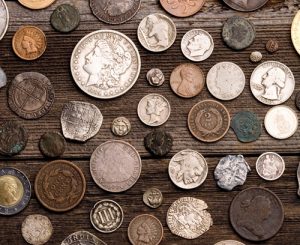 We are looking at the coin. Do not take her fingers for the image. Even beyond the very edge. There is always fat on the fingers that remains on the coin. From this it rust, tarnish, covered with bloom. If you really need to take the coin with your hands, hold it with two fingers on the opposite sides of the herd. The herd is called the edge of the coin.
We are looking at the coin. Do not take her fingers for the image. Even beyond the very edge. There is always fat on the fingers that remains on the coin. From this it rust, tarnish, covered with bloom. If you really need to take the coin with your hands, hold it with two fingers on the opposite sides of the herd. The herd is called the edge of the coin.
In the 18th century, signs on the edge, notches, and inscriptions appeared in Russia. Forging a coin has become much more difficult. There were more than 100 varieties of signs and inscriptions on the gurts of Russian coins. There are simple relief notches, and an indication that this is His Majesty’s ruble, that “a beard is an extra burden”. Continue reading
